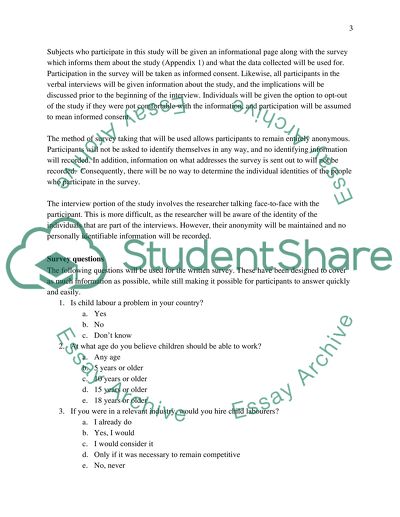Cite this document
(“A Comparative Legal Political Analysis on Child Labour in India and Dissertation”, n.d.)
Retrieved from https://studentshare.org/law/1394423-a-comparative-study-on-child-labour-in-india-and
Retrieved from https://studentshare.org/law/1394423-a-comparative-study-on-child-labour-in-india-and
(A Comparative Legal Political Analysis on Child Labour in India and Dissertation)
https://studentshare.org/law/1394423-a-comparative-study-on-child-labour-in-india-and.
https://studentshare.org/law/1394423-a-comparative-study-on-child-labour-in-india-and.
“A Comparative Legal Political Analysis on Child Labour in India and Dissertation”, n.d. https://studentshare.org/law/1394423-a-comparative-study-on-child-labour-in-india-and.


